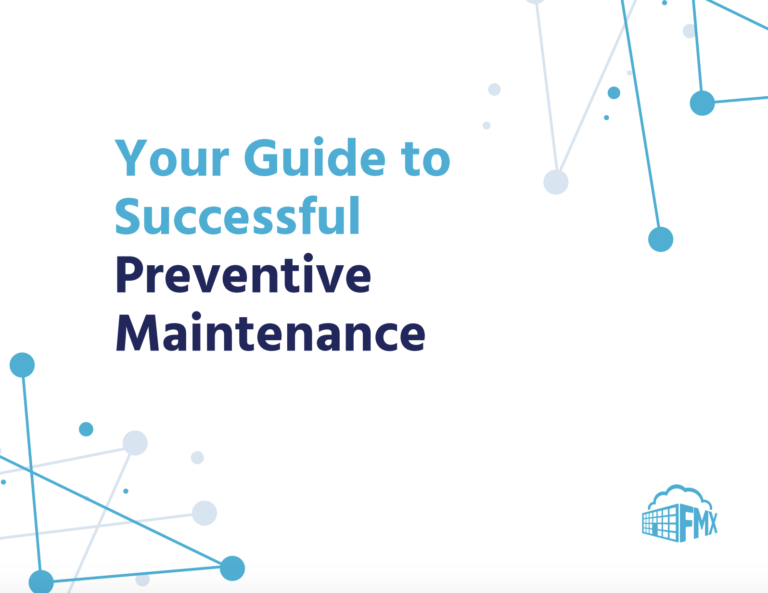Preventive maintenance (PM) is routine maintenance performed on equipment and assets in order to decrease their likelihood of failure. While the term “maintenance” may spark ideas like “breakdowns,” “repairs,” or “new parts,” PM should actually be performed on fully functioning equipment. Different types of preventive maintenance may include filter changes, equipment inspections, or vehicle oil changes.
Preventive vs. reactive maintenance
In general, maintenance falls into two categories: reactive and preventive.
Reactive maintenance (also known as breakdown maintenance) occurs when assets or pieces of equipment are repaired after failure occurs.
Preventive maintenance focuses on avoiding repairs and asset failure through continuous care and upkeep of equipment and assets. This care leads to average savings of 12-18 percent for organizations when compared to reactive maintenance.
Drawbacks of reactive maintenance:
- Unnecessary expenses
- Inefficient processes
- Decreased asset lifespan
- Safety concerns
- Energy concerns
The benefits of preventive maintenance
Whether you’re trying to improve efficiency, reduce downtime, increase asset performance, or cut costs, preventive maintenance is the answer.
In 2019, Advanced Technology Services conducted a study to see the results of preventive maintenance efforts. They found that preventive maintenance aided in decreased downtime, reduction in the probability of equipment failures, and increased productivity, amongst other things.
Making the switch - reactive to preventive maintenance
Whenever you make a change within your organization, it can be difficult to get everyone on board and to see the results you hoped for immediately. To make the process easier, here are a few best practices you should consider when taking on a more proactive approach to maintenance.
- Start small
- Create a strong pitch for your team
- Find champions
- Consider a CMMS
The solution: a CMMS
When it comes down to it, a CMMS equips you with all the tools you need to effectively manage your maintenance.
- Reduce equipment failures and cut costs
- Gain insight into all of your most important equipment
- Plan and prioritize preventive maintenance initiatives and determine when to replace aging equipment
- Equip your team with the tools they need for success
Measuring success
Metrics to measure
- Total annual preventive maintenance
- Percentage of preventive labor
- Mean time between failures (MTBF)
- Average annual maintenance cost
- Overall equipment effectiveness (OEE)
If you find that these metrics aren’t improving, don’t throw in the towel. Not every organization’s operations are alike, and changing small things in your preventive maintenance plan, such as frequency or assigned team member, could improve these metrics drastically.
